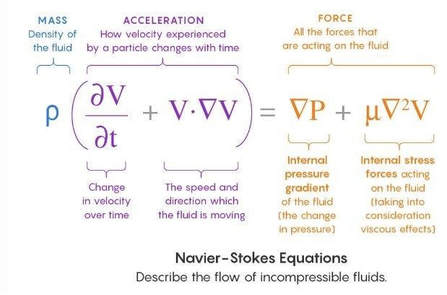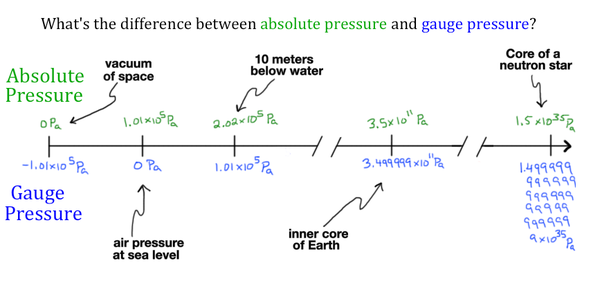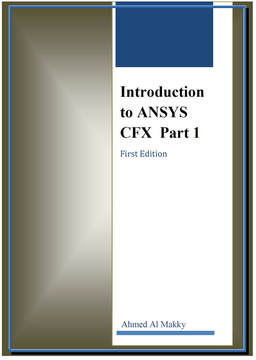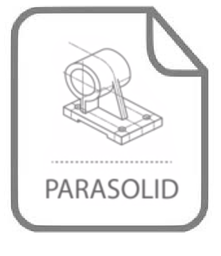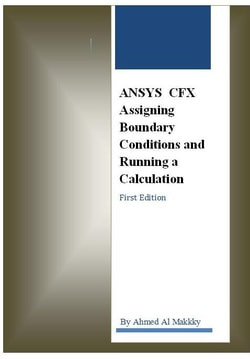ANSYS CFX Basics Tutorials
These tutorials are introductory to how to use the software. I hope these tutorials can contribute to your success and self development enjoy, more will be coming soon.
Important notes
1- Please don’t send me an email asking me to send you tutorials, what is available has been uploaded on the website.
2- I would very much appreciate any feedback about the tutorials, and your contribution will be stated in the tutorial, I plan to update the tutorials.
Important notes
1- Please don’t send me an email asking me to send you tutorials, what is available has been uploaded on the website.
2- I would very much appreciate any feedback about the tutorials, and your contribution will be stated in the tutorial, I plan to update the tutorials.
Ready Geometry for Flow Simulation
These ready geometries ( just click on the download images below ) can help the researcher run simulations where his focus will be on learning how to construct the problem instead of learning the Meshing package provided with the software. The researcher can experiment with these geometries in accordance to the field of interest. These geometries have already been used and have been verified that have no bugs.
Fluid Modelling Facts
These points are of importance and the student has to have them back on his mind when he starts working with CFD:
1- It is required to first model the solid object of interest. Then the fluid domain box is modeled then the solid is subtracted from it. The reason is that the Navier-Stokes equations are applied and solved for the fluid domain.
1- It is required to first model the solid object of interest. Then the fluid domain box is modeled then the solid is subtracted from it. The reason is that the Navier-Stokes equations are applied and solved for the fluid domain.
2- Direct Numerical Simulation is the ideal case for flow modelling.
3- There are different mathematical methods used to solve differential equations. These are either the finite volume method, finite element method, the finite difference method, spectral element method,....... etc.
4- Turbulence models are statistical tools applied to differential equations. Meaning you have to select the turbulence model depending at which flow range it gives the best predictions.
3- There are different mathematical methods used to solve differential equations. These are either the finite volume method, finite element method, the finite difference method, spectral element method,....... etc.
4- Turbulence models are statistical tools applied to differential equations. Meaning you have to select the turbulence model depending at which flow range it gives the best predictions.
5- Remember always in CFD units a very important, refresh your memory with the use of the ideal gas equation because you will have to use it numerous times to check your calculations:
When using the ideal gas equation always start with the gas constant knowing what units it has, then apply all the knowns and calculate the unknowns.
Meshing Facts
What is meshing?
Meshing is the break up of pre-defined region in space into discrete elements. The reason for that is to solve the flow differential equations at each element in an approximate manner.
Why and for what reason are there some many meshing methods?
Meshing method depends on type of fluid domain you need to mesh, meaning that if the fluid domain is a box type with only rectangular surfaces then use Hexa-dominant mesh. On the contrary if the fluid domain has lots of surfaces with curvature then you need to use Tetrahedral mesh. Just to note that automatic mesh generation available with ANSYS is a very powerful tool.
What are the available software packages for editing the generated mesh?
Initially with early versions of ANSYS mesh editing tools where Gambit then came ICEM, Rhinoceros and now recently Spaceclaim.
ANSYS-CFX Tutorial 1
|
This is the first tutorial introducing the student to using ANSYS-CFX. The tutorial shows how the research should read the geometry file into ANSYS. Then how the mesh generation is selected and how the option of automatic meshing is done. This tutorial is important to master because the user can use it to by pass learning the deisgnmodeller as long as the researcher knows how to use other modelling software.
|
By clicking on the image below you can download the required geometry for the tutorial:
ANSYS-CFX Tutorial 2
This is a descriptive case while a researcher is watching the computer monitor seeing a CFD simulation iteration process praying for no crash to happen and for convergence of solution to stay consistent.
Unless otherwise noted, all content on this site is @Copyright by Ahmed Al Makky 2012-2023 - http://cfd2012.com
